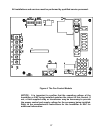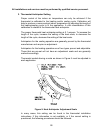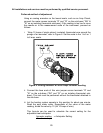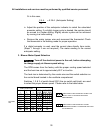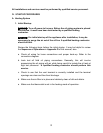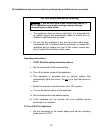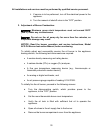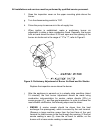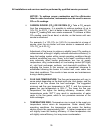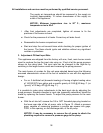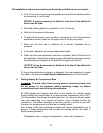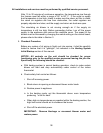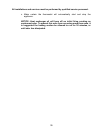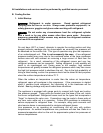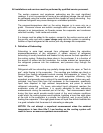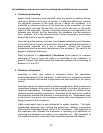All installations and services must be performed by qualified service personnel.
NOTICE: To achieve proper combustion and the efficiencies
listed in sales brochures, instruments must be used to secure
CO
2
or O
2
readings.
ii. CARBON DIOXIDE (CO
2
) OR OXYGEN (O
2
): Take a CO
2
sample
from flue passageway. It is possible to achieve readings of up to
14% CO
2
(or 2% O
2
), but it is better to have a slightly lower CO
2
(or
higher O
2
) reading with zero smoke measured. To achieve a lower
CO
2
reading, open the air band, or shutter, on the burner until zero
smoke is measured.
For example, if a 13% CO
2
(or 3.5% O
2
) is recorded at a trace of
smoke, open the air shutter until zero smoke is measured with a
12% CO
2
(or 4.5% O
2
).
Adjustment of the burner to achieve a slightly lower CO
2
reading is
recommended, although it slightly reduces combustion efficiency, to
keep the heating system within normal operating conditions though
external conditions may vary. Some “out-of-spec” conditions which
may adversely affect burner performance are, low oil supply
temperature, dirty (contaminated) oil, low heating content (BTU/gal)
oil, cold heat exchanger surfaces, and downdraft conditions. By
adjusting the burner in this manner, an operational tolerance is
established allowing the burner to function well, even under less
than ideal conditions. This results in less service and maintenance
during a heating season.
iii. FLUE GAS TEMPERATURE: The flue gas temperature will vary to
some extent depending on the heat input rate, duct design, and the
amount of air flow across the heat exchanger. The suggested
minimum net flue gas temperature is 350
0
F, and the maximum
gross flue gas temperature is 550
0
F. The lower the flue gas
temperature, the higher the heating efficiency. However, stack
temperatures under 350
0
F may result in condensation of water
vapor in the flue gases, which in turn promotes corrosion of the
heat exchanger.
iv. TEMPERATURE RISE: Temperature rise is equal to the supply air
temperature minus return air temperature. Under steady state
operating conditions, the temperature rise across the heating
section should be approximately 65
0
F. A higher temperature rise
will slightly lower the heating efficiency. A lower temperature rise
will slightly raise efficiency, but may cause condensation.
35



